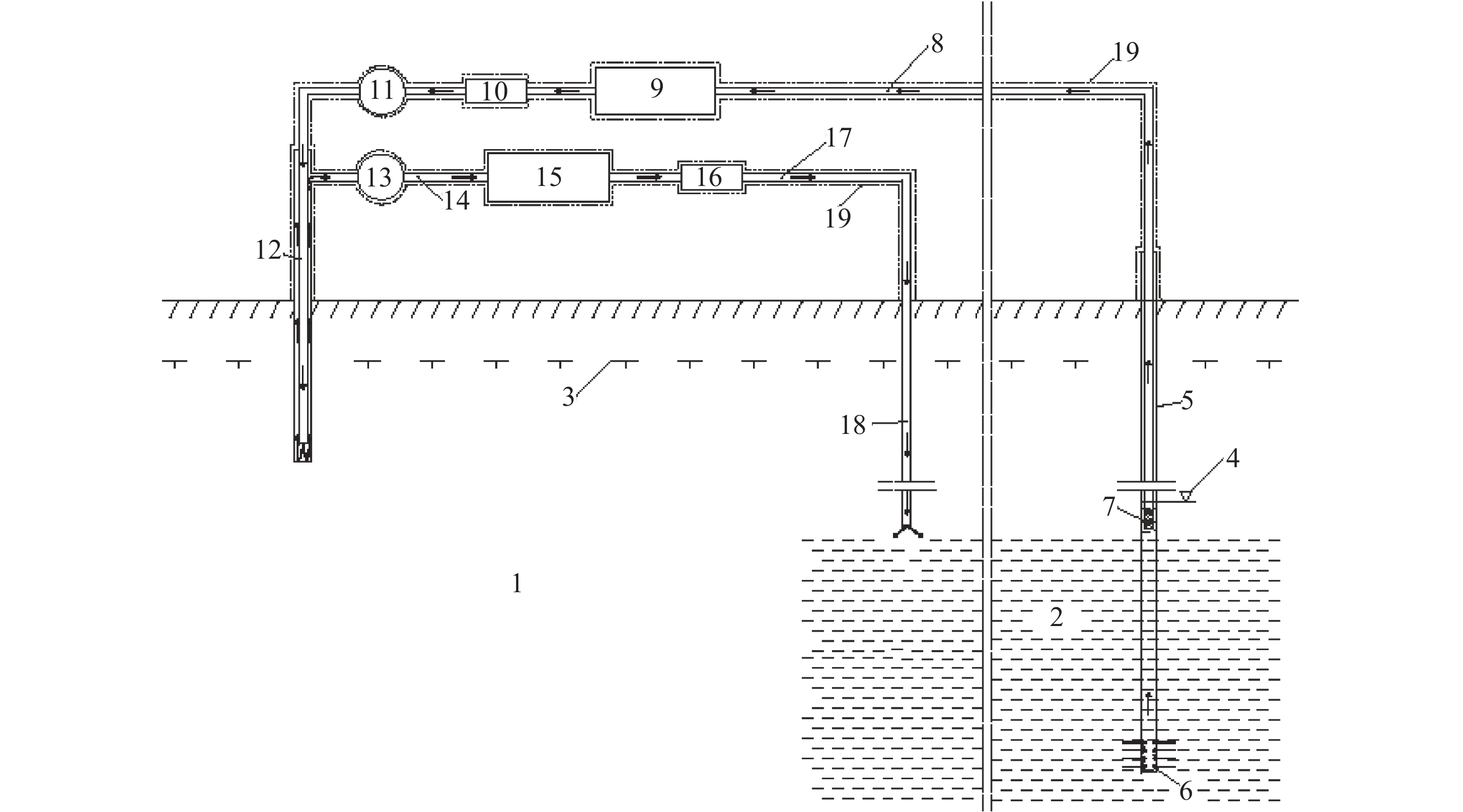Siberia and the Far East, the strategic hinterlands of Russia, contain about 75% of the country's hydrocarbon and mineral resources. However, economic development of these regions is associated with significant difficulties because they are mostly located within the permafrost zone characterized by severe climate and complicated subsurface conditions. A number of feasibility, environmental, and engineering problems need to be solved. A critically important problem is maintaining the stability of individual structures as well as a complex of natural-technical systems. For successful development of cold regions, it is essential to make the best use of available resources, based on scientific knowledge. The term "resources" encompasses a wide variety of categories of living and nonliving nature, including economic and information sources (The Great Soviet Encyclopedia, 1975 ; Reimers, 1990; Melnikov, 2005).
2 Cryogenic resourcesWe use the term "cryogenic resources" as defined by Alekseev (2016), to mean "materials, knowledge, and natural forces which owe their origin and development to the sphere of cold (temperatures below 0 °C) and are or can be used by humans as instruments or means of production." Cryogenic resources can be created by humans or occur naturally. As Alekseev (2016) writes, "the natural cryogenic resources are the constituent part of the cold geographical space … and occur in all three spheres of the Earth—atmosphere, lithosphere, and hydrosphere."
The classification of cryogenic resources is shown in Figure 1.

|
Figure 1 Classification of cryogenic resources (Alekseev, 2016) |
Among the natural cryogenic resources that can be utilized to cool or freeze the ground are saline groundwaters and brines (cryopegs) with natural subzero temperatures that are widespread in the permafrost zone.
Figure 2 presents the classification of cryopegs.

|
Figure 2 Classification of cryopegs (Alekseev, 2016) |
Due to the large reserves of cold, cryopegs that remain in the liquid phase actively influence the intensive ground cooling, resulting in anomalous permafrost thicknesses. Such "refrigerating machines" created by nature are the cryopegs of the Siberian Platform, which occur in the Upper Viluy, Upper Markha, and Turukhansk Uplifts; the Putoran volcanic massif; and other areas (Ershov, 2002; Alekseev, 2014) that contain deposits of hydrocarbons, diamonds, and precious metals.
In permafrost regions, there are surface (oceans, seas, and lakes) and subsurface cryopegs. Subsurface cryopegs will be discussed below.
Subsurface cryopegs that occur above permafrost have temperatures reaching −30 to −40 °C; intrapermafrost cryopegs range in temperature from −2 to −12 °C; and subpermafrost cryopegs from 0 to −5 °C (Kononova et al., 1971; Alekseev, 2016).
A technological system has been developed to utilize negative-temperature brines (cryopegs) naturally occurring in permafrost to freeze or cool the soils serving as foundations or enclosing materials for individual structures or large, complex projects.
A conceptual sketch of the ground-cooling and refrigeration system is provided in Figure 3.

|
Figure 3 A schematic diagram of the ground-refrigeration system: 1, permafrost; 2, cryopeg layer; 3, permafrost table; 4, cryopeg static head level; 5, supply well; 6, filter; 7, subsurface pump; 8, supply piping; 9, tank; 10, main pump; 11, feeding collector; 12, freeze pipes; 13, return collector; 14, piping; 15, tank; 16, pump; 17, piping; 18, return well; 19, insulation |
Ground cooling and freezing is achieved with this system in the following way. The system represents a circulation loop consisting of two parts, one to supply the brine and the other to return it.
Supply line. Natural brines occurring in the cryopeg layer 2 of permafrost 1 are pumped from the supply well 5 with a filter 6, using the pump 7, through the pipe 8 into the tank 9. The brines are then pumped with 10 to the collector 11, from which they are fed into the freezing devices 12.
Return line. The used brines return to the collector 13 and then move through the pipe line 14 to the tank 15. Using the pump 16, they are then pumped through the pipe line 17 and the return well 18 into the layer of permafrost 1 containing cryopegs 2. The circulation loop is insulated 19 to ensure proper performance.
The technical result is achieved by using permafrost massif as a natural refrigerator that provides the formation and long-term (hundreds and thousands of years) preservation of cryopegs.
The technology is novel in that natural brines (cryopegs) with low subzero temperatures are used in the circulating coolant loop, eliminating the need for a special refrigeration plant and primary refrigerants.
3 ConclusionsInterest in cryogenic resources as part of the natural resources is growing worldwide. New, innovative techniques are being developed to efficiently utilize these resources. The concept of a ground-refrigeration system that relies on cryopegs to cool and freeze the soils serving as foundations or enclosing materials for individual structures or large, complex projects is innovative and appears promising.
Following academician Melnikov VP and Professor Alekseev VR (Melnikov, 2005; Alekseev, 2016), it needs to be emphasized that it is time to develop a detailed classification of cryogenic resources of cold regions as one of the largest clusters in the Earth's natural resources. This endeavor would help in optimizing the nature management and human activities in the cold regions of the planet.
Alekseev SV, Vakhrameev AG, Kotsupalo NP, et al., 2014. Industrial Brines in the Siberian Platform: Hydrogeology, Drilling, Mining, Processing and Disposal. Geograf Publishing House, Novosibirsk. (in Russian)
|
Alekseev VP, 2016. Attraction of Frozen Land. Geo, Novosibirsk. (in Russian)
|
Ershov ED, 2002. General Geocryology: A Textbook. Moscow State University Press, Moscow. (in Russian)
|
Kononova RS, Neizvestnov YV, Tolstikhin NI, et al., 1971. Cryopegs-Negative Temperatures of the Earth Waters. In: Permafrost Studies, vol. XI. Moscow State University Press, Moscow, pp. 75–88. (in Russian)
|
Melnikov VP. 2005. Actuality of resource approach in cryology (welcoming speech at the opening of the conference, Cryosphere of oil-and-gas bearing provinces, Tyumen, 2004). Kriosfera Zemli, 4(1): 3-6. |
Reimers NF, 1990. Environmental Management: Glossary of Terms. Mysl, Moscow. (in Russian)
|
The Great Soviet Encyclopedia (3rd Ed.), 1975. Sovetskaya Encyclopedia Publishing House, Moscow. (in Russian)
|
 2017, Vol. 9
2017, Vol. 9
